Jan-Tobias Sohns
Hierarchical Matrix Completion for the Prediction of Properties of Binary Mixtures
Oct 08, 2024Abstract:Predicting the thermodynamic properties of mixtures is crucial for process design and optimization in chemical engineering. Machine learning (ML) methods are gaining increasing attention in this field, but experimental data for training are often scarce, which hampers their application. In this work, we introduce a novel generic approach for improving data-driven models: inspired by the ancient rule "similia similibus solvuntur", we lump components that behave similarly into chemical classes and model them jointly in the first step of a hierarchical approach. While the information on class affiliations can stem in principle from any source, we demonstrate how classes can reproducibly be defined based on mixture data alone by agglomerative clustering. The information from this clustering step is then used as an informed prior for fitting the individual data. We demonstrate the benefits of this approach by applying it in connection with a matrix completion method (MCM) for predicting isothermal activity coefficients at infinite dilution in binary mixtures. Using clustering leads to significantly improved predictions compared to an MCM without clustering. Furthermore, the chemical classes learned from the clustering give exciting insights into what matters on the molecular level for modeling given mixture properties.
Attribute-based Explanations of Non-Linear Embeddings of High-Dimensional Data
Jul 28, 2021

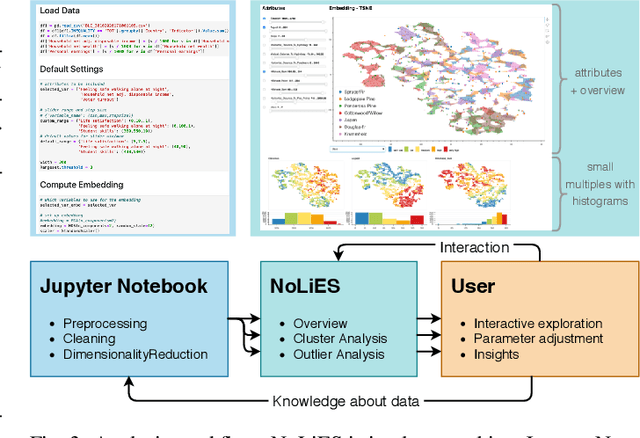

Abstract:Embeddings of high-dimensional data are widely used to explore data, to verify analysis results, and to communicate information. Their explanation, in particular with respect to the input attributes, is often difficult. With linear projects like PCA the axes can still be annotated meaningfully. With non-linear projections this is no longer possible and alternative strategies such as attribute-based color coding are required. In this paper, we review existing augmentation techniques and discuss their limitations. We present the Non-Linear Embeddings Surveyor (NoLiES) that combines a novel augmentation strategy for projected data (rangesets) with interactive analysis in a small multiples setting. Rangesets use a set-based visualization approach for binned attribute values that enable the user to quickly observe structure and detect outliers. We detail the link between algebraic topology and rangesets and demonstrate the utility of NoLiES in case studies with various challenges (complex attribute value distribution, many attributes, many data points) and a real-world application to understand latent features of matrix completion in thermodynamics.
Visual Probing and Correction of Object Recognition Models with Interactive user feedback
Dec 29, 2020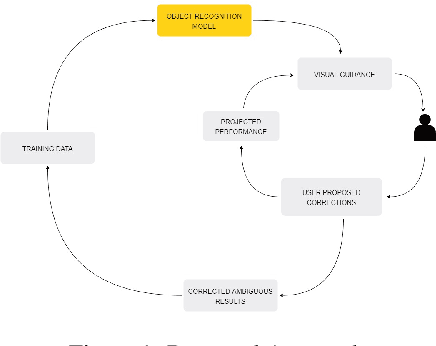
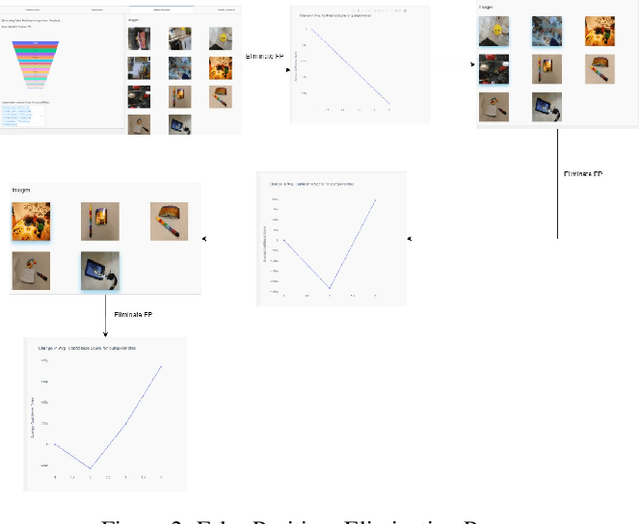
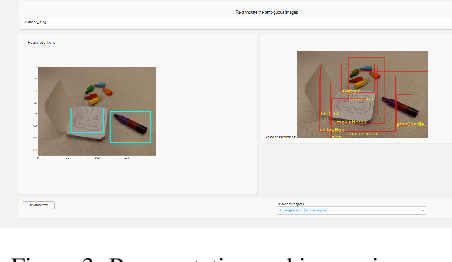
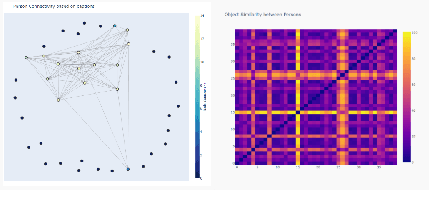
Abstract:With the advent of state-of-the-art machine learning and deep learning technologies, several industries are moving towards the field. Applications of such technologies are highly diverse ranging from natural language processing to computer vision. Object recognition is one such area in the computer vision domain. Although proven to perform with high accuracy, there are still areas where such models can be improved. This is in-fact highly important in real-world use cases like autonomous driving or cancer detection, that are highly sensitive and expect such technologies to have almost no uncertainties. In this paper, we attempt to visualise the uncertainties in object recognition models and propose a correction process via user feedback. We further demonstrate our approach on the data provided by the VAST 2020 Mini-Challenge 2.
 Add to Chrome
Add to Chrome Add to Firefox
Add to Firefox Add to Edge
Add to Edge